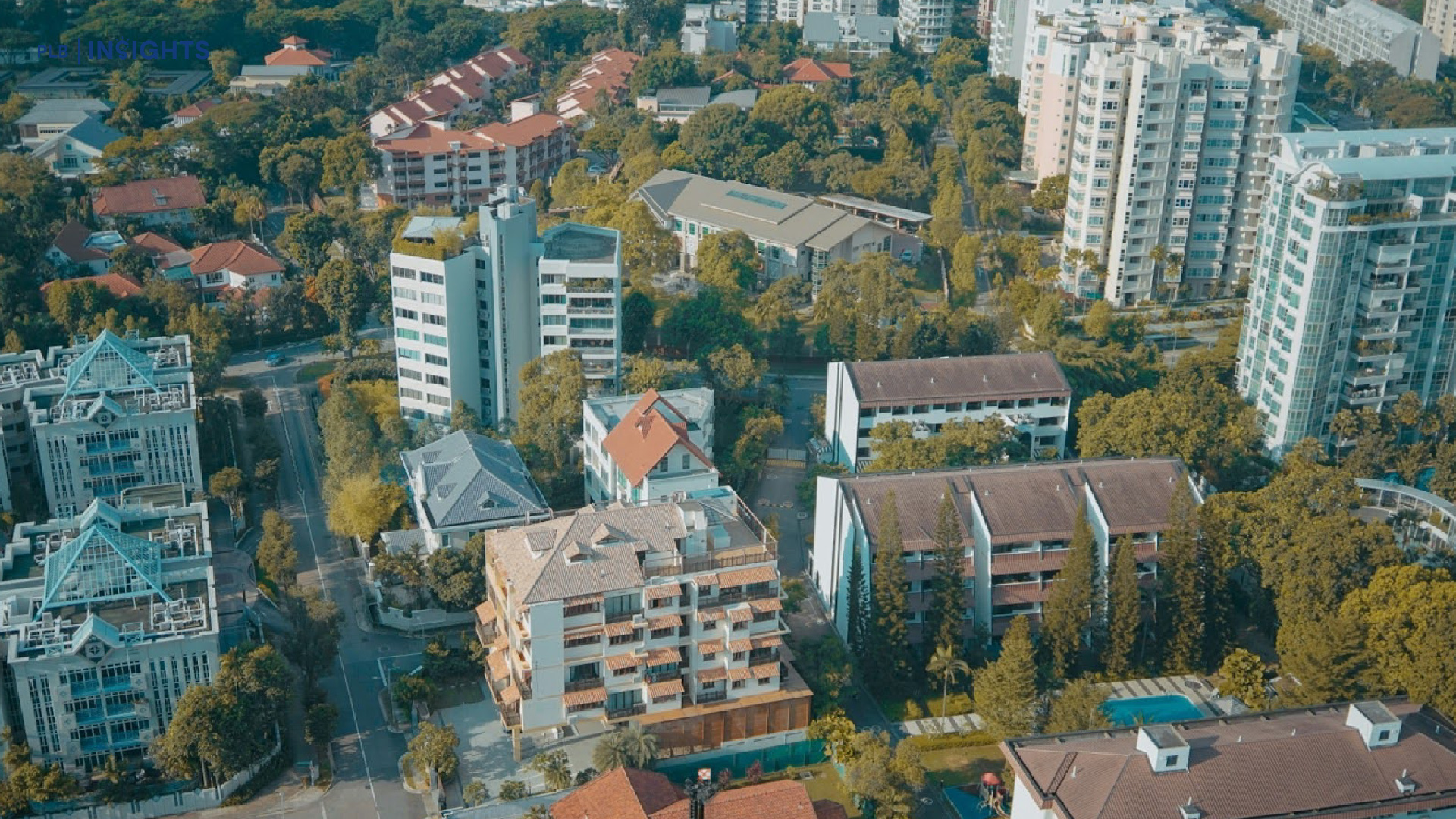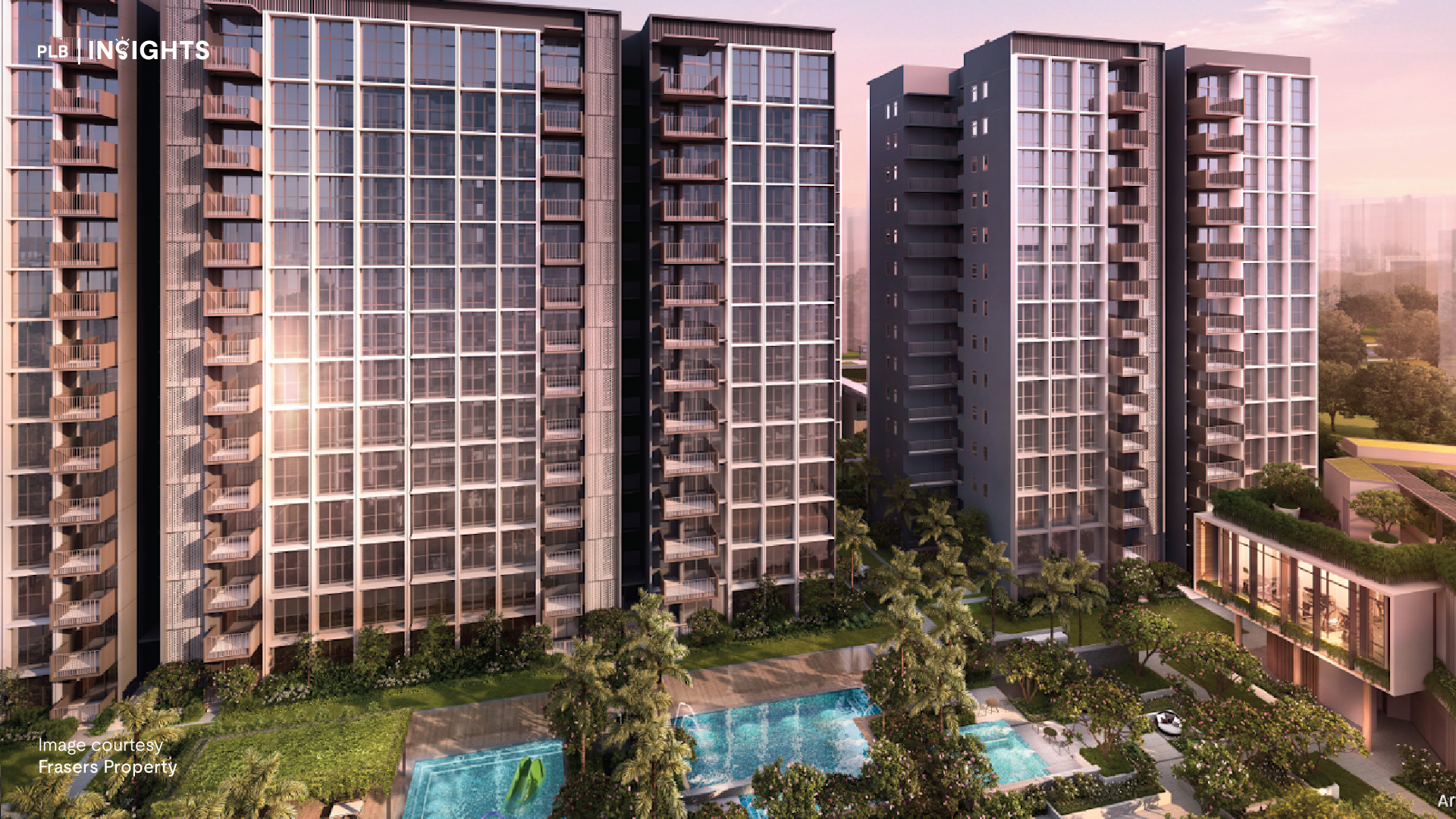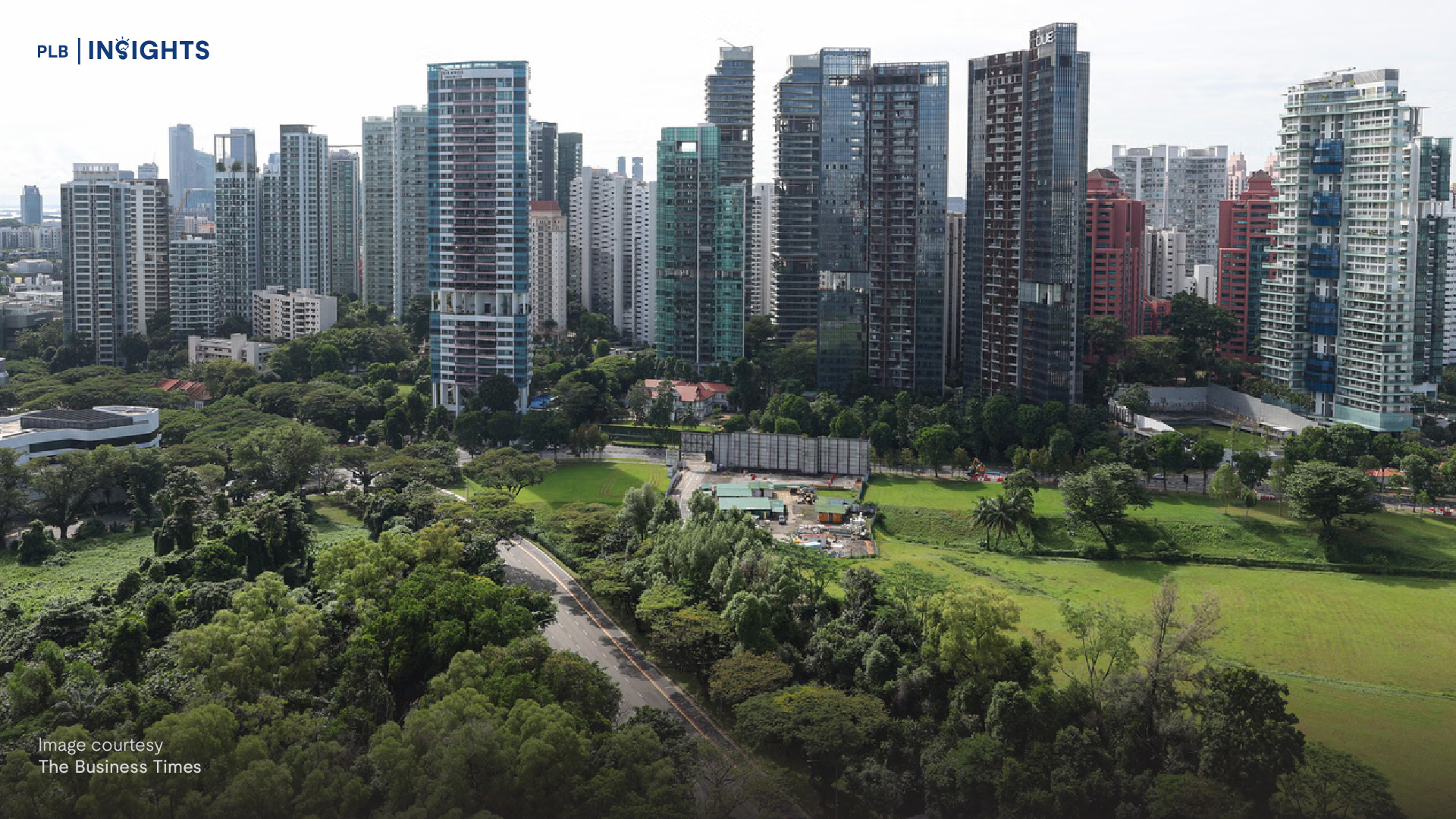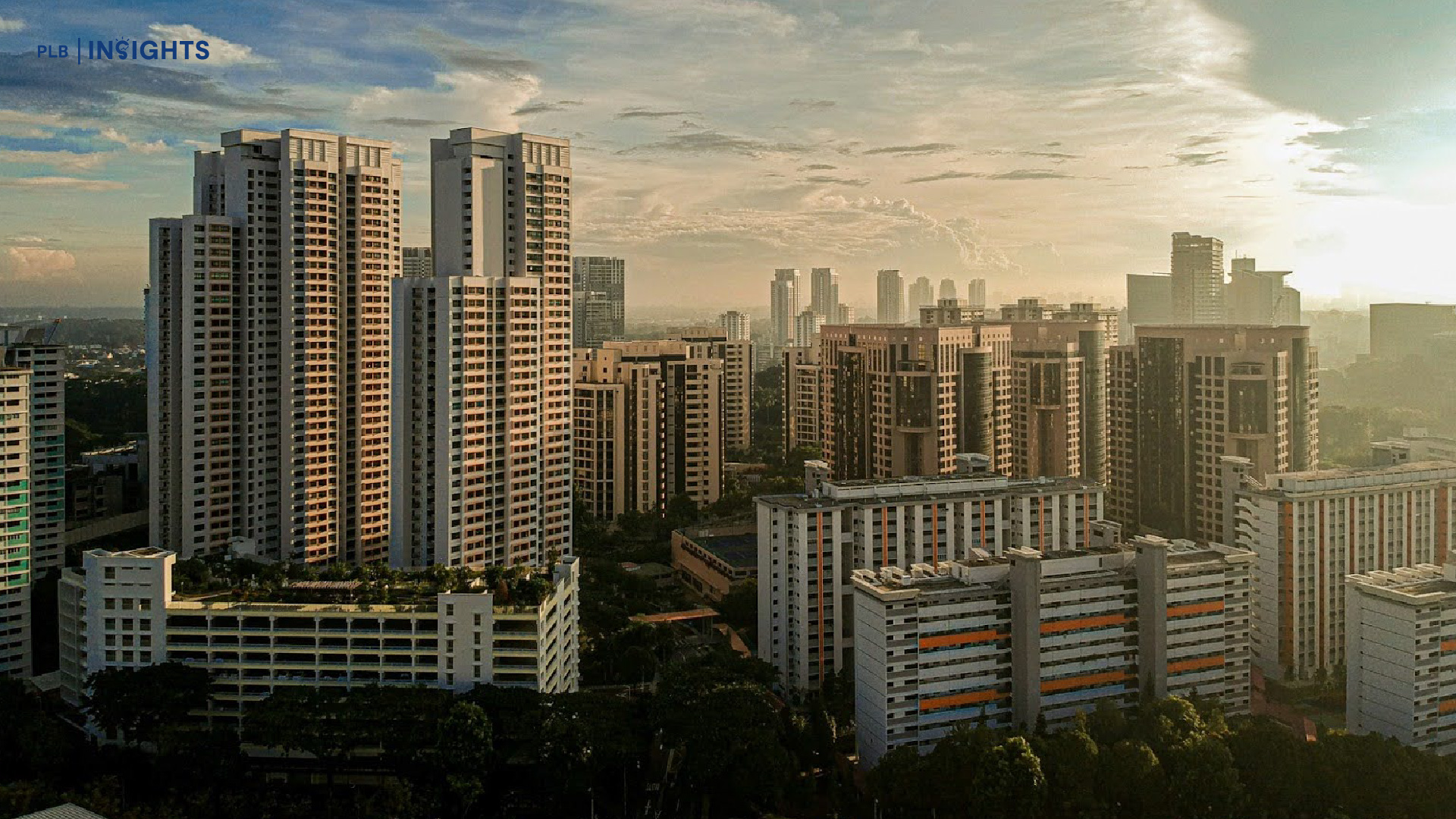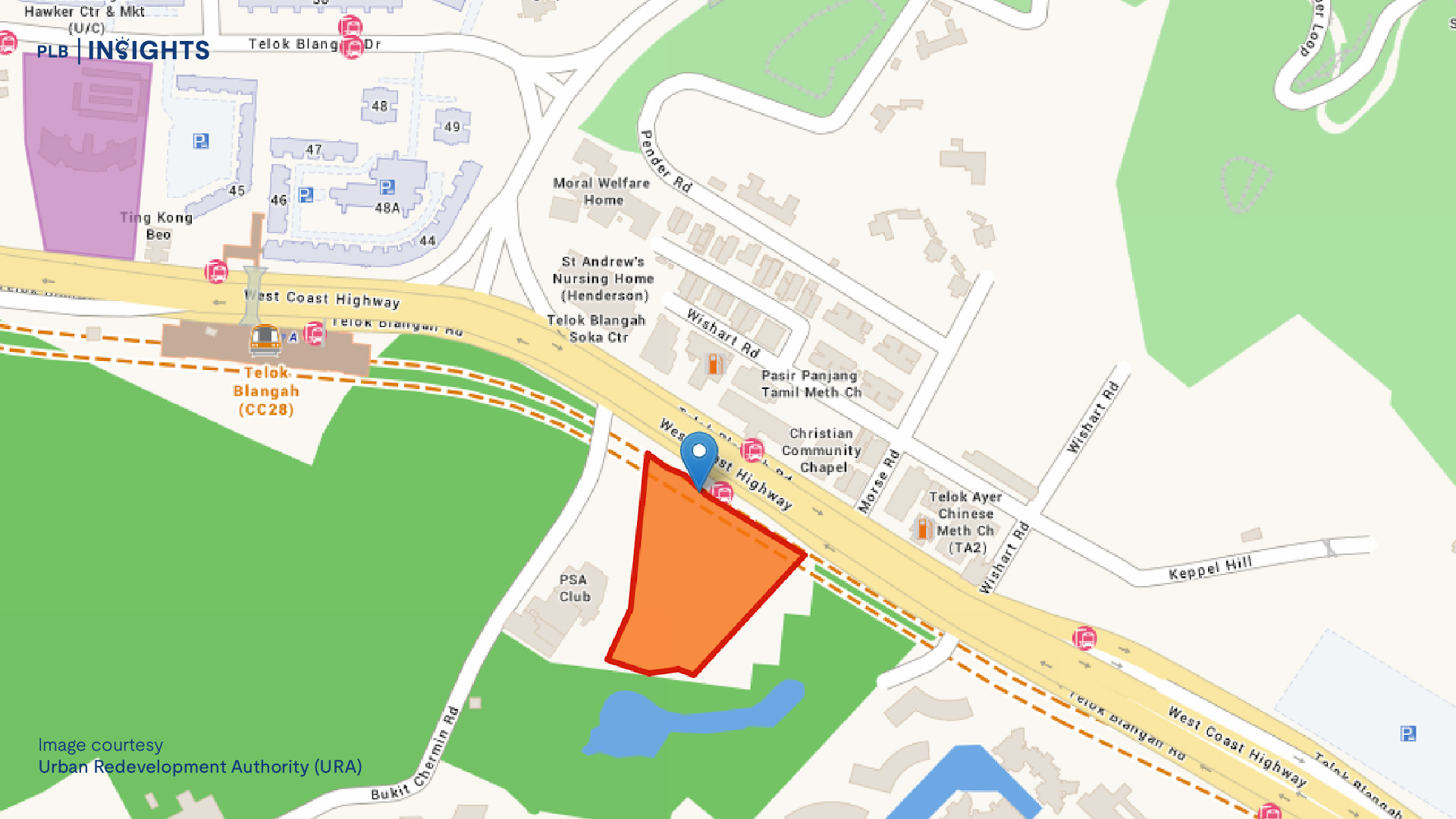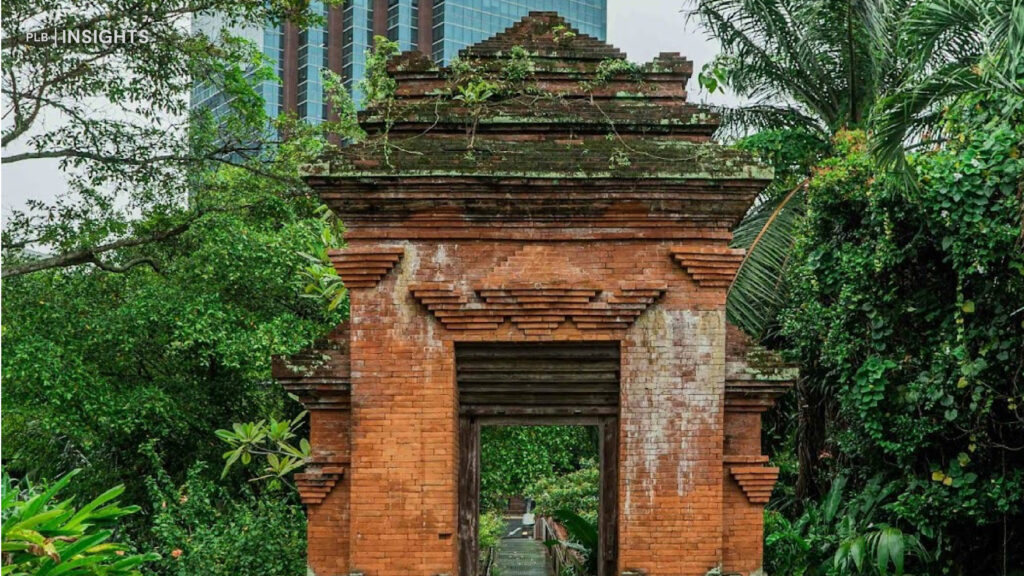
Once a bastion of British military might in the 1930s, Gillman Barracks have since evolved into a vibrant hub for contemporary arts and culture, housing galleries, studios, and exhibition spaces that showcase the best of Singapore’s creative talents.
However, recent proposals to repurpose Gillman Barracks into a new residential neighbourhood have sparked a contentious debate about the preservation of its cultural and historical significance. As Singapore grapples with the dual imperatives of urban development and heritage conservation, the fate of Gillman Barracks hangs in the balance, raising fundamental questions about identity, progress, and the legacy we leave for future generations.
In this article, we delve into the heart of this debate, exploring the history of Gillman Barracks, its role in Singapore’s heritage landscape, and the competing interests driving the push for redevelopment. By examining the arguments for and against preserving Gillman Barracks as a cultural and historical conservation site, we aim to shed light on the complex considerations at play and the implications for Singapore’s future urban development trajectory.
Bunks, Cafes and Galleries
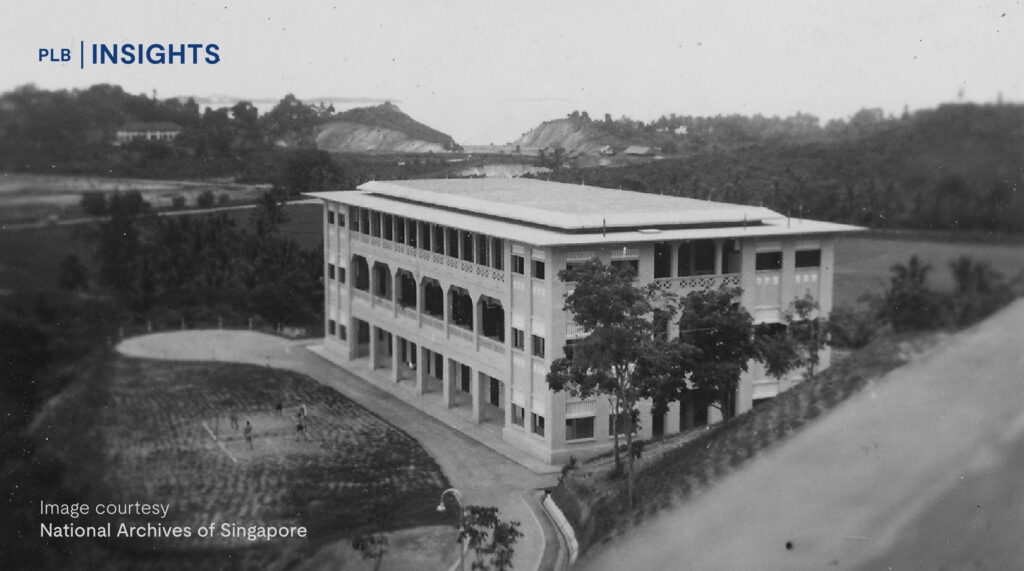
Originally a swampy jungle, Gillman Barracks emerged in 1936 as a bastion of British military might, purpose-built to accommodate the 1st Battalion, the Middlesex Regiment. Its facilities included barrack buildings, married quarters, mess halls, and sports facilities, embodying the essence of a self-contained military community.
Named after Webb Gillman, a distinguished Royal Artillery officer, the barracks bore witness to pivotal moments in Singapore’s wartime history. Gillman Barrack’s strategic location on Lock Road off Alexandra Road rendered it a crucial outpost in the defence of Singapore. It found itself thrust into the heart of World War II’s tumultuous theatre, becoming the site of a fierce battle between the regiment and the Japanese forces during the final days before Singapore’s surrender in February 1942. It stood as one of the last British posts to fall, a testament to the resilience and sacrifice of those who defended it.
In August 1971, as part of the British military’s withdrawal from Singapore, Gillman Barracks transitioned into Singaporean hands, symbolising the dawn of a new era. The Singapore Armed Forces (SAF) moved in, utilising the premises for various training purposes, while the National Sports Promotion Board took charge of the recreational facilities such as the swimming pools and tennis courts, opening them to the public.
After the SAF vacated Gillman Barracks in the 1990s, the government repurposed the premises for commercial ventures, marking a significant shift in the site’s trajectory. In 1996, this transformation culminated in the renaming of Gillman Barracks to Gillman Village, symbolising its evolution into a bustling commercial enclave. It also became a focal point of the Urban Redevelopment Authority’s (URA) Identity Plan in 2002 which aimed not only to preserve the area’s distinctive character but also to enhance its appeal through strategic interventions.
Under the purview of the URA’s plan, Gillman Village underwent a metamorphosis, with new commercial ventures introduced alongside efforts to retain its old-world colonial charm. Proposals for new buildings, car parks, and amenities were met with enthusiasm from the public, reflecting a collective desire to revitalise the area while preserving its heritage.
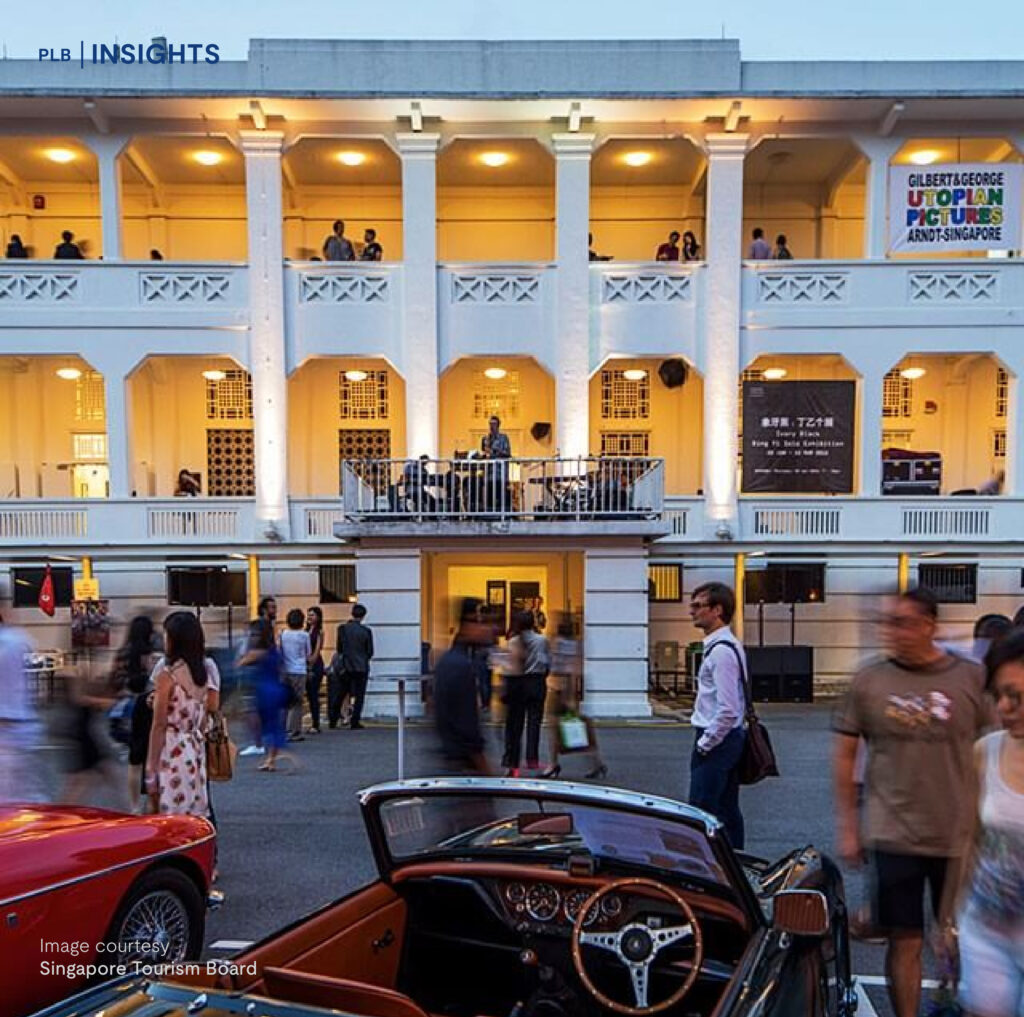
In the early 2010s, amid Singapore’s burgeoning arts scene and aspirations for cultural enrichment, Gillman Barracks yet again underwent a radical transformation. Embracing its colonial-era charm and strategic location, the site was reborn as an arts cluster, boasting 13 galleries from 10 countries with a vision to nurture creativity and innovation on a global stage. Since its relaunch in 2012, the barracks have encountered many challenges, including shifts in tenant demographics and fluctuating visitor numbers, yet it remains steadfast in its mission to promote arts and culture in Singapore.
As we delve deeper into the debate surrounding its future, it is essential to reflect on Gillman Barracks’ rich historical legacy and the pivotal role it has played in shaping Singapore’s identity. In the following sections, we will unravel the complexities of Gillman Barracks’ past and contemplate its place in Singapore’s evolving urban landscape.
Heritage and Identity Structure Plan
As Singapore continues to evolve, it is imperative to examine how preserving sites like Gillman Barracks aligns with the nation’s vision for its heritage and identity. At the heart of the Heritage and Identity Structure Plan lies a commitment to identifying, retaining, and enhancing the diverse array of heritage sites, corridors, and buildings across the island. These sites are not just relics of the past; they are integral to shaping Singapore’s collective memory and sense of identity.
The plan underscores the importance of studying, sustaining, and protecting heritage assets in collaboration with the community. While recognising that not every old building can be preserved, the aim is to safeguard areas and structures that hold historical significance, contribute to neighbourhood narratives and foster a sense of belonging.
Gillman Barracks seamlessly fits into the conditions outlined in the Heritage and Identity Structure Plan, aligning closely with its core principles and objectives. Firstly, the site’s historical significance is undeniable. Once a British military camp and later repurposed into an arts cluster, Gillman Barracks carries layers of history within its walls. The presence of the original St Andrew’s Junior College campus and the Pasir Panjang Vocational Institute within the proposed site adds depth to its narrative, highlighting its role in Singapore’s educational and military heritage. Preserving these buildings ensures that Singapore’s rich history is not just acknowledged but celebrated, providing tangible links to the past for future generations.
Moreover, Gillman Barracks is a cultural beacon within Singapore’s diverse landscape. Its transformation from a military facility to a thriving hub for arts-related activities and businesses underscores the nation’s commitment to fostering creativity and cultural expression. By conserving Gillman Barracks, Singapore reaffirms its dedication to nurturing artistic endeavours, contributing to the preservation of its cultural heritage. The site serves as a testament to the evolving identity of Singapore, reflecting the nation’s journey from a colonial-era military outpost to a dynamic centre for contemporary arts.
In essence, Gillman Barracks stands as a testament to Singapore’s commitment to honouring its heritage while embracing progress. By conserving sites like Gillman Barracks, Singapore not only preserves its past but also lays the groundwork for a more vibrant, culturally enriched future
Prioritising Needs: Past vs Future
On the other hand, arguments against the total preservation of Gillman Barracks are rooted in the pressing need to address Singapore’s evolving demographic landscape and the challenges posed by land scarcity. With Singapore’s population steadily growing and demographics shifting, there is a compelling argument for redevelopment to accommodate housing demands and urban development requirements.
National Development Minister Desmond Lee emphasised in Parliament that while Singapore possesses “ample land” for development, the availability of undeveloped land is becoming increasingly scarce. This scarcity underscores the necessity of repurposing brownfield sites, like Gillman Barracks, to meet the evolving needs of the population.
The proposed development plan for Gillman Barracks reflects a strategic response, driven by the imperative to balance preservation with progress. Factors such as the decrease in three-generation households, the rise of nuclear families, and the preference for larger living spaces highlight the need for innovative solutions to housing shortages. By repurposing Gillman Barracks, Singapore can capitalise on its prime location while addressing pressing housing needs. This approach aligns with Singapore’s commitment to sustainable urban development and efficient land use practices.
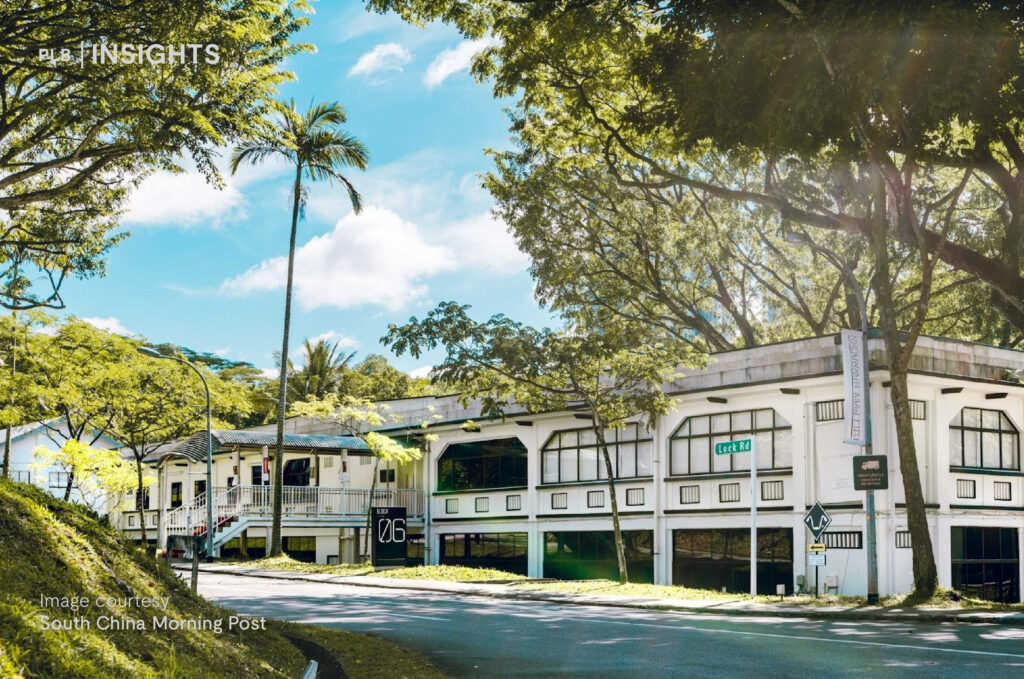
Moreover, revamping Gillman Barracks presents an opportunity to integrate historical preservation with modern functionality. The site’s rich heritage can be seamlessly woven into new architectural designs, creating a harmonious blend of past and present. By preserving key historical structures while introducing contemporary amenities, Singapore can enhance the livability and appeal of the area. This approach not only honours the site’s legacy but also ensures its relevance in the context of a rapidly evolving urban landscape.
As discussions surrounding Gillman Barracks’ fate continues, it’s clear that any decision must be informed by a nuanced understanding of the delicate balance between preserving the past and embracing the future.
Closing Thoughts
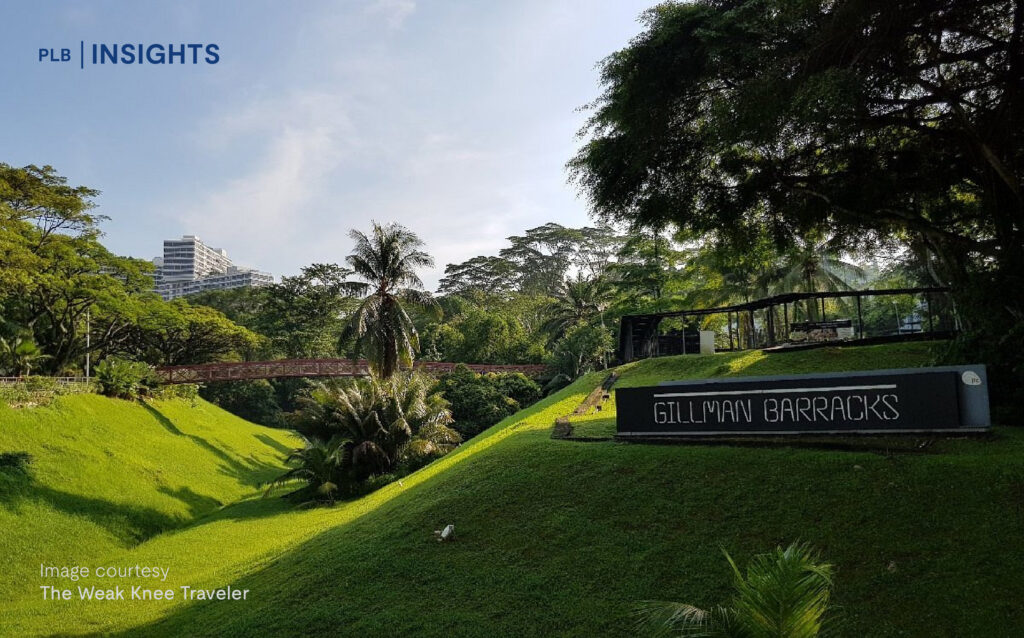
The proposed development plan for Gillman Barracks holds the promise of significant benefits for Singapore’s urban landscape. With a careful transformation of this historic site into a new residential neighbourhood, the nation stands to gain not only in terms of housing but also in preserving the charm of its colonial-era architecture. The proximity to green spaces such as the Southern Ridges and parks in the Labrador area further enhances the appeal of the proposed neighbourhood, offering residents a harmonious blend of heritage and nature within the city.
Moreover, the development of Gillman Barracks into a residential enclave has the potential to significantly enhance the quality of life for its future residents. With a strategic focus on urban planning and design, the new neighbourhood can offer modern amenities while retaining the historical character that makes Gillman Barracks unique.
As such, the debate surrounding the preservation of Gillman Barracks underscores the complex interplay between heritage conservation and urban development. While the proposed development plan offers compelling opportunities for progress, it is essential to approach this decision with careful consideration of its long-term implications. Continued research and dialogue are crucial in navigating this delicate balance, ensuring that Singapore’s rich heritage is preserved while meeting the evolving needs of its population. Ultimately, the successful transformation of Gillman Barracks will require a thoughtful and inclusive approach that honours the past while embracing the future of Singapore’s urban development.
If you have further inquiries about URA’s proposed development plan or find appeal in living in a historical neighbourhood, feel free to reach out to us.

